Bowling Tips & Coaching Articles, Luke Rosdahl Bowling Ball Reviews, Luke Rosdahl The Classroom
Luke Rosdahl Shows How To Line Up & Find an Ideal Path to the Pocket When Bowling
Quick video with a technique that I use when lining up on the lane that will help you find where you need to be to get the ball into the pocket more consistently
When Bowling You Need to Play the Correct Angles to Maximize Your Area For Striking
Thanks for joining me for another video, in this one I’m going to talk about lining up on the lane, playing with angles, and maximizing your miss room. I’ve touched on some of this in recent videos, but it deserves its own dedicated attention. We’re on a basic house shot here, I’ll make one of these for sport patterns too in the future, but house and league patterns are what the vast majority of people out there bowl on, so that’s where we’re going to start. You’ve already seen a couple shots here where I’m in the process of getting lined up, I’m testing the limits of where I initially start, I’m seeing where the friction is, seeing where that wet/dry line is, etcetera, but let’s step sideways here for a minute and look at a typical league pattern on paper. Getting a mental picture in your head of a lane graph is actually quite helpful. This is Kegel Neon which is one of Kegel’s Recreational patterns, and a good illustration of a house shot. It’s 43 feet and almost 25 mils which is a little longer and heavier than most league shots, but the lane level or the side to side look is very typical. There’s very little oil on the outside several boards, virtually none, but a ton in the middle. Again, the concept here is that if you miss outside, the friction is going to grab the ball and make it hook, and if you miss inside, the oil is going to help the ball hold. This can actually cause some confusion or difficulty because you see how sharply friction turns into a flood, there’s not much taper at all, there’s dry and then there’s wet.
Avoiding the Pitfalls of Playing the Lanes Wrong When Bowling
Now I’m going to show you the trap most people get into, because the outside hooks and it’s predictable, most people naturally chuck it to the ditch and try to get around the oil, but because there’s so much friction, it takes off like so. Ok, so “the lanes are hooking,” so they move inside. Well once you do that, you’re moving into trouble because you have to be precise with how and where you bounce the friction. Too early and it’s still going to overhook, too late and it’s going to be flat, and if you miss inside at all, it’s just going to skid. Then you start playing with your angles, get around it more to get it to finish, but if you miss outside, it’s hooking. Then you come more up the back of it to get it down the lane, but because your angles are wide open, then it gets slow or flat. This can also fake you into thinking you have the wrong ball, or you’re doing all manner of other things wrong or MAKE you do all manner of things wrong when the simple fact of the matter is that you’re just playing the lanes wrong. You can get several wildly different reactions from standing in the same place with your feet and using the same ball based on how and where you’re throwing it. The Trend is a ball that I’ve put a lot of miles on in the last couple weeks, and now that I’ve shown you how to make it look absolutely awful, let me show you how to make it look like the easy button it actually is.
Making the Friction and the Oil on the Lanes Work For You
This is something I call throwing at the corner, it’s the spot down lane where the friction on the side meets the friction at the end of the pattern, or the “corner” of where the oil is at. You want to get as close to the friction on the side of the lane as you comfortably can without the ball hooking too early, then you want to throw the ball on as straight of a line as possible right at the corner. You saw earlier that getting the ball straight out into the friction was a bad idea, and playing too close to the pocket and staying away from the friction may not allow the ball the time it needs to get traction and shape right. Once you’ve kind of locked into this idea, you need to test the limits or how much miss room you have both left and right. Watch your shape into the pocket, watch your carry. When you feel like you have the world, that’s the right spot. The whole idea though is that if you use this technique, it should automatically give you as much room on both sides as you’re going to get. If you miss a little outside, the ball should recover without bouncing, and if you miss a little inside, you should get some hold IF you’re doing it right. Once you learn how to get there, it gets easier and easier to line up. Using the ball reaction as your guide, you can build a pattern graph or picture in your head that tells you where the friction is and where the oil’s at.
Now You Are Lined Up Properly, What Ball to Use
The next natural question is then going to be well how do I know which ball to use? That comes simply with trial and error, that’s one of those things I can’t answer for you. I’m going to make an arsenal building video and kind of explain how I arrived at what I carry around on this side, as it’s actually kind of different than what I expected, but it was a process of trying and testing a bunch of stuff out just like I’m doing here and finding what fits. The Trend was kind of a surprise, I expected it to be too quick or too responsive, but as you can see, that’s balanced by how I throw it. I’m not tearing the cover off and it really allows me to stay soft with my hand and just feed it to the spot. Anyway, that’s a topic for another video, so thanks for watching, hope you learned something, and may the strikes be with you.
roto grip rubicon bowling ball
Coverstock: eTrax-S20™
Weight Block: Rondure™ Core (Asymmetrical)
Factory Finish: 3000-grit Pad
Flare Potential: Medium-High
Radius of Gyration (RG) 15lbs – 2.49
Differential (Diff) 15lbs – 0.052
Intermediate Differential (Diff): 0.011
Storm phaze 2 bowling ball
The new Phaze II features both innovative core and coverstock technology, proving again that Storm is the leader in bowling innovation. Advancements in the core shape are easily seen with the naked eye. This fast-revving shape, the aptly-named, supercharged Velocity? Core helps you crush pin after pin as it produces more ball motion than any other shape in our Master Line. It smooths out the backend reaction without over-reacting and avoids creating an undesirable last-second movement.
TX-16 (Traction-X 2016) is what emerges from countless hours in R&D to develop the finest coverstocks on the planet. This solid reactive blend leaves an incredible footprint on the lane. The marriage between the core and the cover produces the strongest motion of any symmetrical Storm ball to date.
– Color: Red/Blue/Purple
– Coverstock: TX-16? Solid
– Core: Velocity? Core
– Finish: 3000 Grit
– Lane Condition: Heavy Oil
– RG: 2.48 (15# ball)
– Diff: 0.051 (15# ball)
– Fragrance: Red Velvet Cake

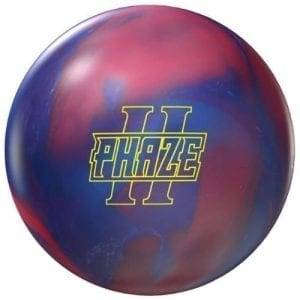

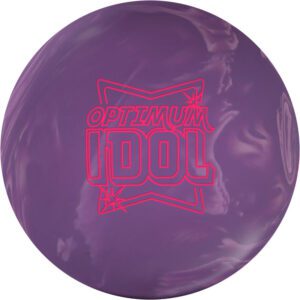

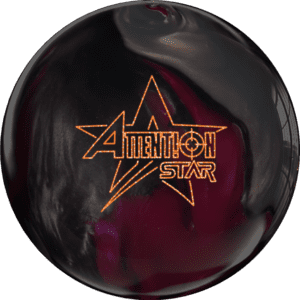



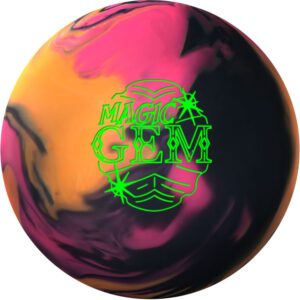

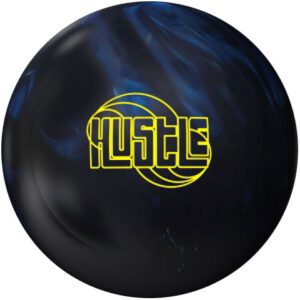
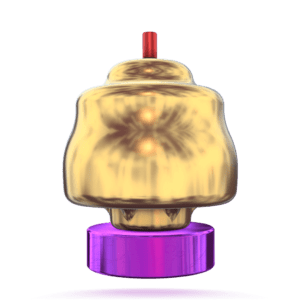
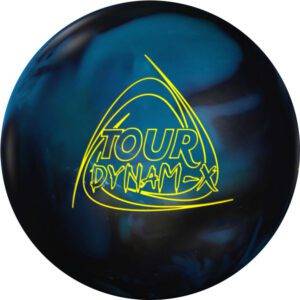

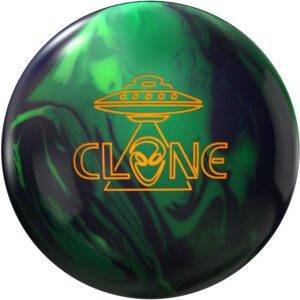
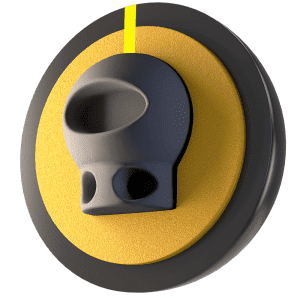
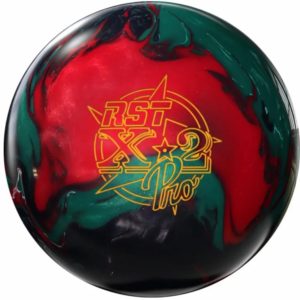

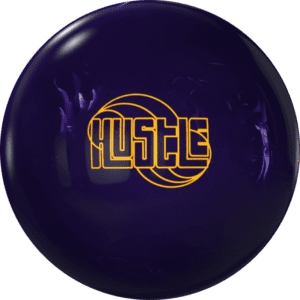
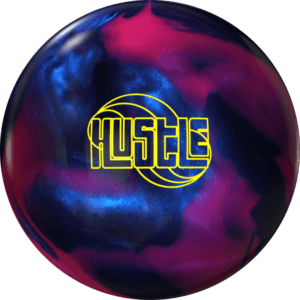
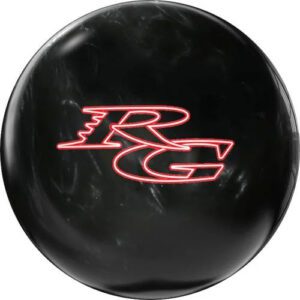

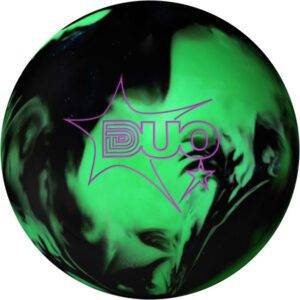


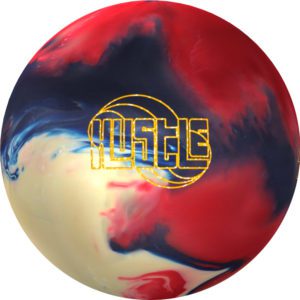
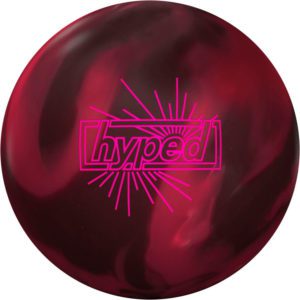

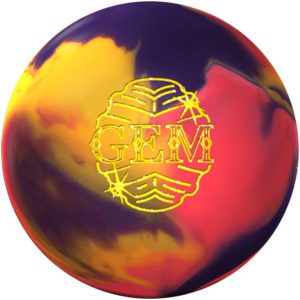


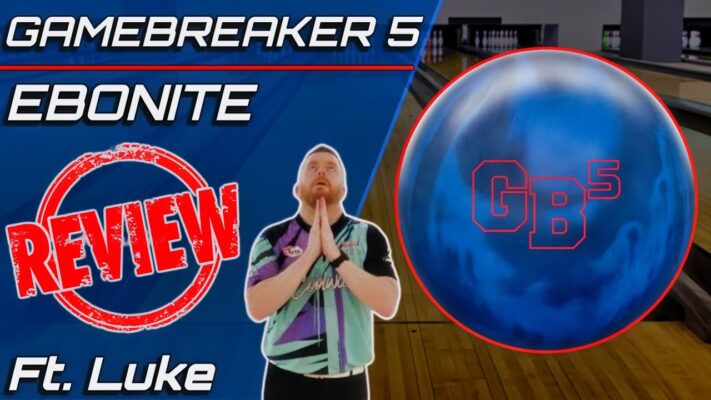


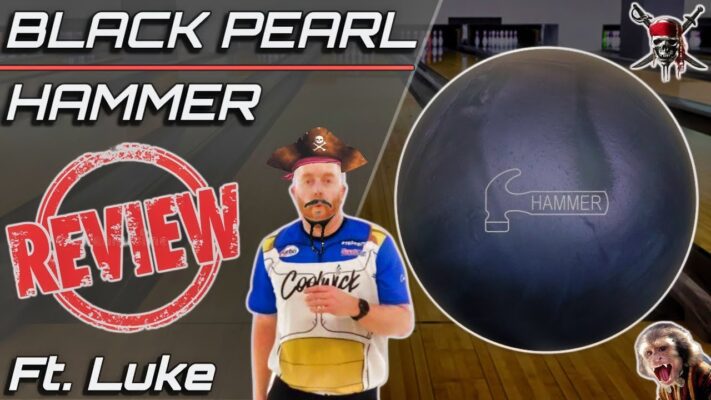

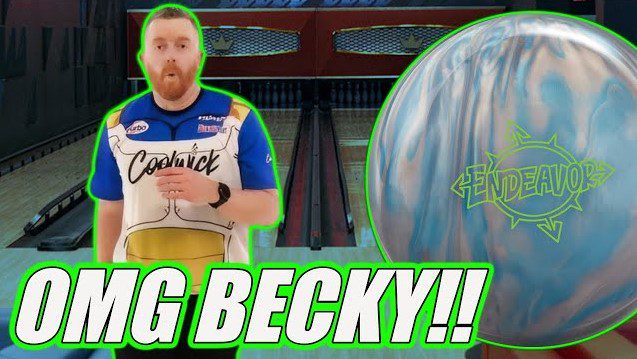

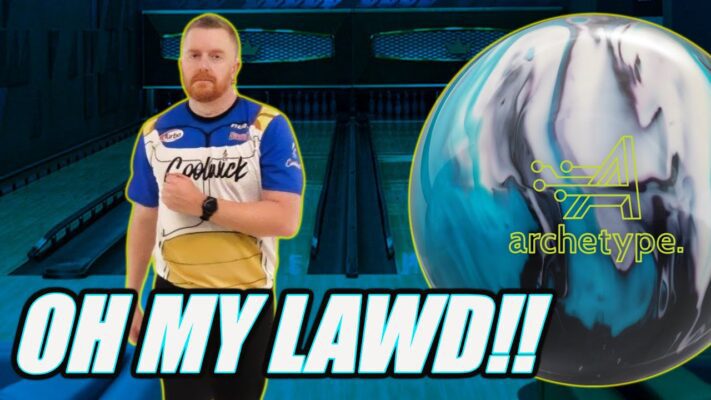






I like the video because it show the left handed side and not the right side.